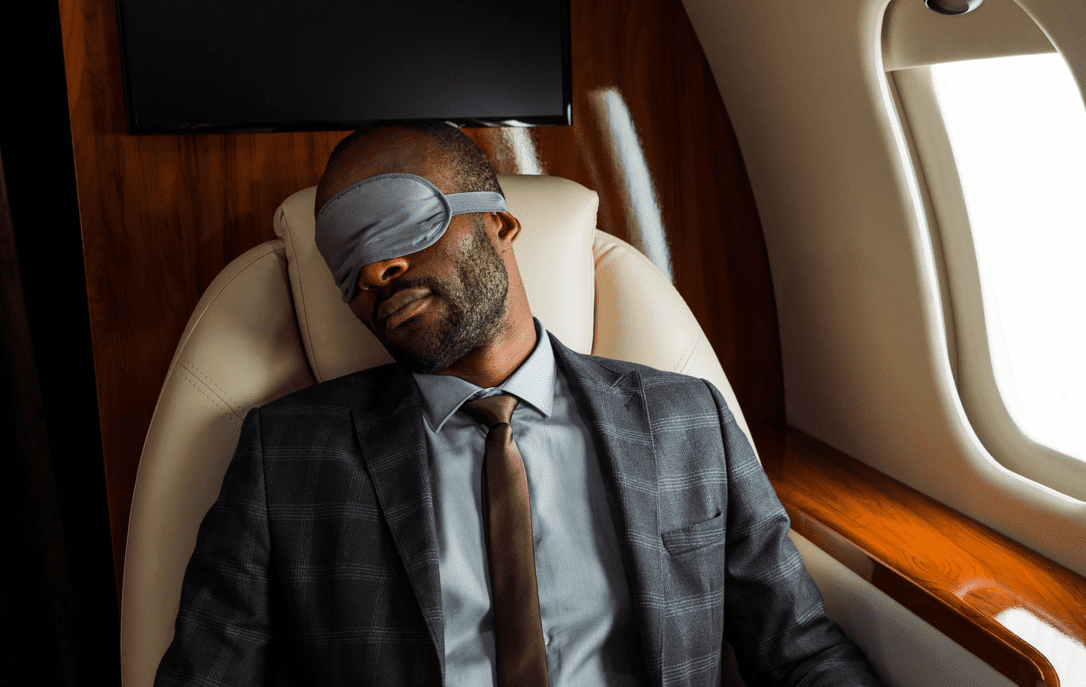Embarking on a long-haul journey can be an exciting adventure, but the challenge of catching quality sleep during travel can often leave us feeling fatigued upon arrival. Whether you’re jetting across time zones or settling in for a lengthy road trip, getting restful sleep on the move is crucial for arriving at your destination refreshed and ready to explore. In this guide, we’ll explore tried-and-true strategies to help you make the most of your travel time by maximizing the quality of your sleep.
Invest in comfortable travel gear.
One of the critical ingredients for a successful sleep session during travel is investing in comfortable gear. A neck pillow that provides adequate support, a cozy blanket, and an eye mask can make a difference. These small but essential items can transform your seat into a haven of comfort, allowing you to drift into a restful sleep even amid a bustling plane or train.
Dress for comfort and temperature control
Choosing the proper attire is crucial for a good night’s sleep on the road. Opt for loose, breathable clothing to ensure maximum comfort. Layers are your friend, allowing you to adjust to varying temperatures on planes or vehicles. Being too hot or cold can disrupt your sleep, so be prepared for fluctuating conditions.
Follow your destination’s time zone.
Adjusting your internal clock to your destination’s time zone can significantly aid in getting a good night’s sleep. Adjust your sleep schedule by adapting to the local time a few days before your journey. Once on board, align your activities with the destination’s time zone to help your body acclimate more smoothly.
Choose the right seat.
Selecting the optimal seat can significantly affect your sleep quality during long-haul travel. Opt for a window seat to lean against for added support if possible. Additionally, seats near the front of the plane tend to experience less turbulence, providing a smoother and more restful ride.
Hydrate wisely
While staying hydrated is essential, be mindful of when you consume liquids, especially if you’re sensitive to interruptions during sleep. Aim to drink plenty of water before your journey and during meal services, but consider tapering off closer to your planned sleep time to minimize the need for bathroom breaks.
Embrace power naps
Power naps can be a game-changer during long-haul travel. If you’re facing sleep disruptions due to an irregular schedule, consider incorporating short naps to recharge your energy. Keep them around 20-30 minutes to avoid entering deep sleep, preventing grogginess upon waking.
Create a relaxing bedtime routine.
Establishing a pre-sleep routine signals your body that it’s time to wind down. Bring elements of your usual bedtime routine into your travel experience, whether listening to calming music, reading a book, or practicing a few minutes of meditation. This familiarity can signal to your body that it’s time to enter sleep mode, even in the unfamiliar setting of a moving vehicle.
Block out noise and light.
Minimizing external disruptions is crucial for a good night’s sleep during travel. Invest in noise-canceling headphones or earplugs to block out ambient sounds, and use an eye mask to shield yourself from any unexpected light sources. Creating a sensory cocoon around yourself can go a long way in promoting a restful sleep environment.
Mind your sleep position.
While the space constraints of travel may limit your options, paying attention to your sleep position can contribute to a more comfortable experience. If you’re prone to back pain, consider using a small pillow to support your lower back. Experiment with different positions to find what works best for you within the confines of your seat.
Stay active upon arrival.
Upon reaching your destination, resist the temptation to succumb immediately to fatigue. Instead, engage in light physical activity to help reset your internal clock. A short walk or some stretching can invigorate your body and signal to your brain that it’s time to be awake, aiding in a smoother adjustment to the local time zone.
Mastering the art of sleeping during long-haul travel is a skill that can significantly enhance your overall travel experience. By investing in comfort, adapting to your destination’s time zone, and adopting practical sleep strategies, you can arrive at your destination feeling well-rested and ready to embark on your next adventure. Sweet dreams, and safe travels!
This story was created using AI technology.












